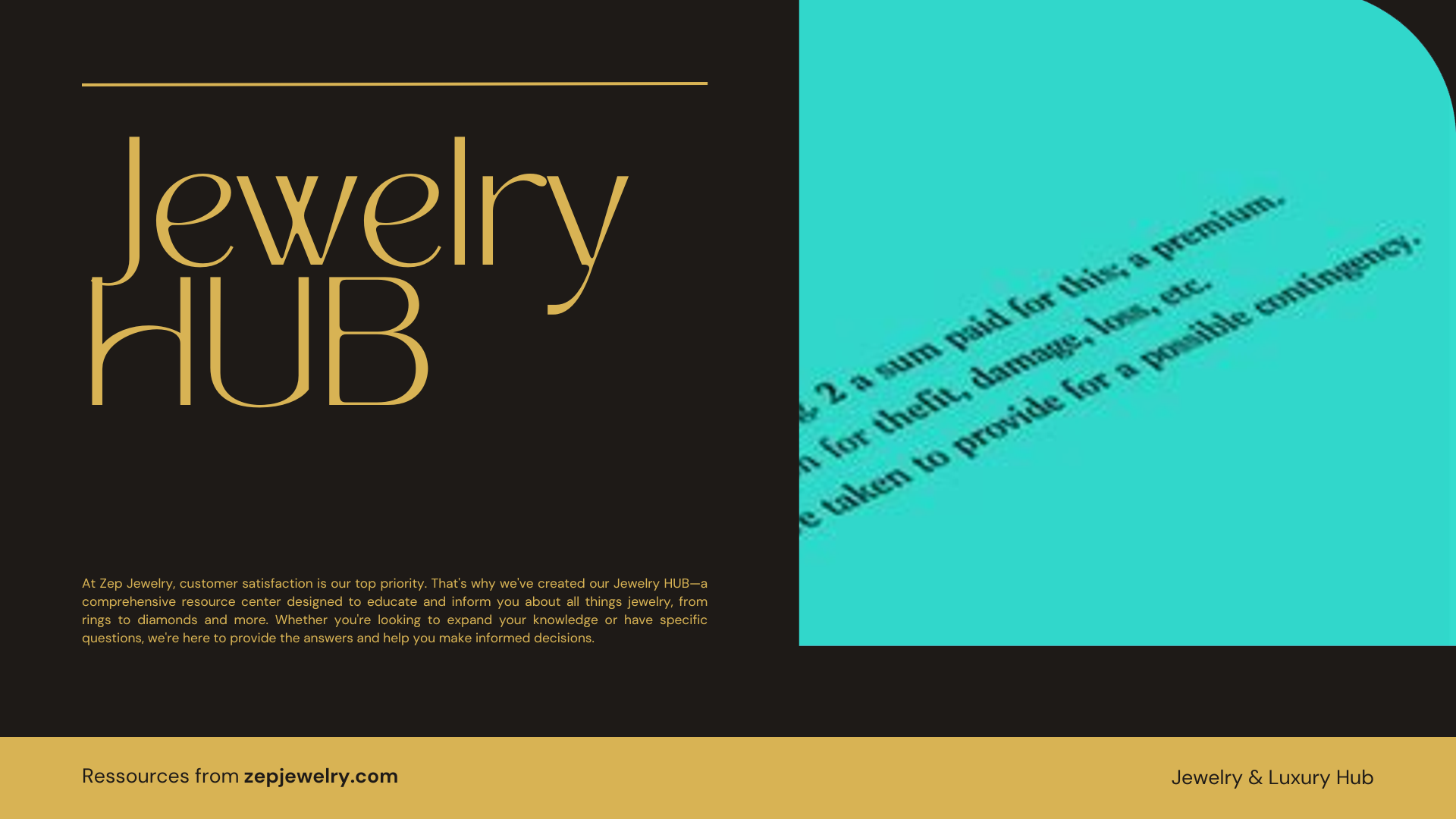Have you ever wondered what really happens when a cherished piece of jewelry goes missing? It’s like losing a fragment of your identity, and the thought of replacing it can feel daunting. Enter jewelry insurance, a safety net designed to cushion the blow of such a loss. But just how does this protection translate into actual financial recovery? With two main payout options on the table—Actual Cash Value (ACV) and Replacement Cost—understanding how these work could mean the difference between receiving a fraction of your beloved item’s worth or being able to replace it in full. Let’s dive into the intricate dance of jewelry insurance payouts and what they truly mean for you.
How does jewelry insurance determine the payout amount?
How does jewelry insurance determine the payout amount?
Jewelry insurance typically provides two primary payout options when it comes to claims: Actual Cash Value (ACV) and Replacement Cost. Understanding the distinction between these options is crucial and can greatly impact your financial recovery after a loss.
Actual Cash Value (ACV) measures the item’s current market value at the time of loss, which includes depreciation. This means that if your ring, for example, was valued at $3,000 when purchased, its ACV could be considerably less due to wear and tear, market trends, or other factors over time. In contrast, Replacement Cost ensures that you receive enough funds to replace your lost or damaged jewelry with a similar item at current market prices without any deductions for depreciation. So, if your beloved necklace is lost and current market prices have risen, you would receive a payout reflecting that increase.
The choice between these two payout options can significantly influence how effectively you can recover from a financial loss. When selecting a policy, it’s wise to evaluate which payout method aligns with your needs. If you want to replace your jewelry with something new or similar, a policy that offers Replacement Cost might be more beneficial. Understanding these aspects of jewelry insurance can empower you to make informed decisions and select the best policy for your personal circumstances.
What types of loss does jewelry insurance cover?
Most jewelry insurance policies safeguard against a variety of risks, including loss, theft, accidental damage, and even what the industry terms “mysterious disappearance.” The latter is crucial as it refers to items that go missing without a clear explanation or identifiable cause. This type of coverage is essential, as mysterious disappearances are a common reason behind jewelry claims. However, not all insurers provide coverage for this specific scenario, so it’s wise to thoroughly review policy details.
How is the cost of insuring jewelry calculated?
The cost for insuring jewelry typically ranges from 0.5% to 3% of the item’s appraised value per year. For instance, insuring a $3,000 ring could cost between $15 to $90 annually. This pricing can vary widely among providers, so shopping around is advisable. Some specialized insurers, like BriteCo, utilize innovative pricing models that can offer substantial savings, averaging costs closer to 0.5% to 1.5%. As a result, understanding these variations can maximize value for policyholders.
What should I do if I find a lost ring after filing a claim?
If you recover a ring after receiving an insurance payout, you are allowed to keep the item but must return the amount paid out by your insurer. This means you’ll not only need to notify your insurance provider about the recovered property but also ensure to repay the reimbursement cost. Understanding this responsibility can help avoid potential disputes with the insurance company while also emphasizing the importance of keeping detailed records regarding claims and recovered items.
Do I need to provide documentation when getting jewelry insured?
Yes, obtaining jewelry insurance typically requires documentation to verify the value of the items being insured. This could include a professional appraisal, a detailed sales receipt, or even a certification like a GIA diamond report. Insurers often require current photos of the jewelry to confirm its condition. Clear documentation ensures that you have the appropriate coverage, and should you need to file a claim, it can expedite the process of reimbursement.
Can I update my jewelry insurance policy if I upgrade my ring?
Absolutely! If you upgrade your jewelry piece, you should inform your insurance provider immediately. Regular updating is important to reflect the new value of the item, and many providers, such as BriteCo, have policies that automatically adjust coverage to match current market values. However, some may require regular reappraisals every few years, so staying proactive can help ensure you are always appropriately covered.
Is it necessary to have a deductible in my jewelry insurance policy?
Deductibles are not a requirement for jewelry insurance, although they are commonly included in many policies. They specify the amount you’ll pay out of pocket when making a claim. Opting for a zero-deductible policy can relieve the hassle of unexpected costs when you face damage or loss, providing a more straightforward claims process. Essentially, if premiums are manageable, forgoing a deductible might be the most beneficial choice, thereby allowing for a seamless experience in times of need.
